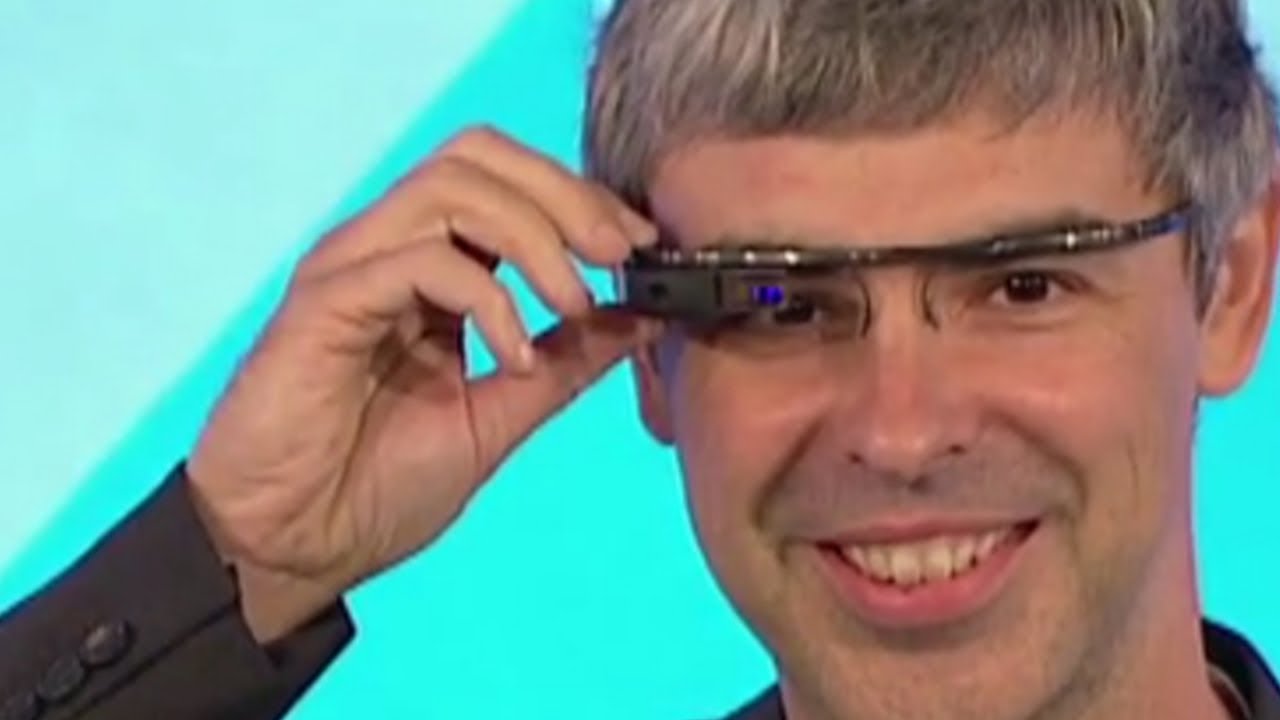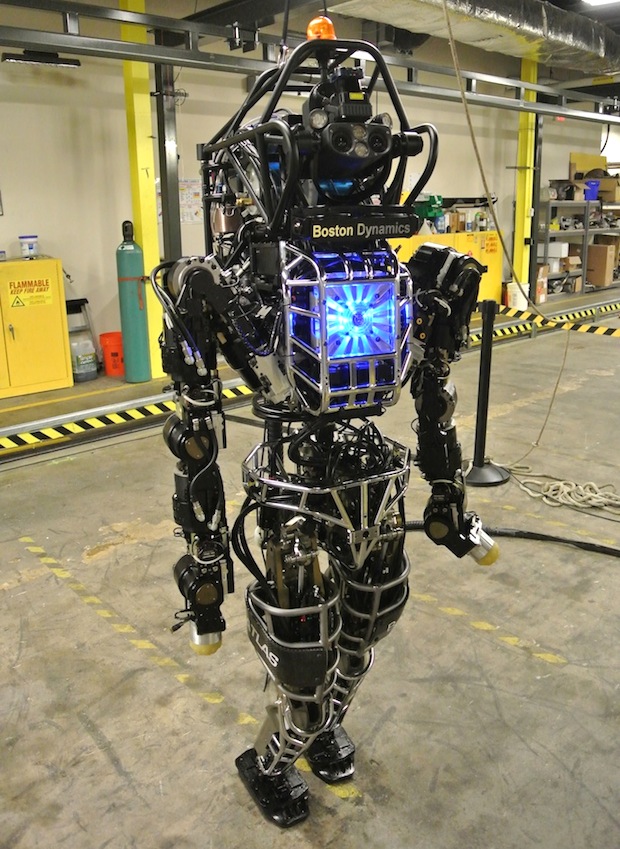Google may have begun as an AI company, but it will merely be a wildly successful search-and-ad outfit (for as long as that’s a money-making endeavor) unless its X division becomes a nouveau Bell Labs. Having a few of the moonshots land is paramount, whether it be self-driving car software or medical breakthroughs. The will is there, even if investors would rather Page, Brin et al., take the myopic view and settle for selling soap while algorithmically sorting selfies.
From Alistair Barr at the Wall Street Journal:
Alphabet Chief Financial Officer Ruth Porat warned repeatedly on the conference call that spending will increase this year, while Google Chief Executive Sundar Pichai laid out his own plans to ramp up investments in the company’s main Internet businesses.
On Monday, following strong fourth-quarter results, Ms. Porat said spending will increase in part to expand Alphabet’s fast Fiber Internet service to new U.S. cities. An aggressive expansion of Fiber would cost tens of billions of dollars, noted Citigroup analyst Mark May. He expects Alphabet capital expenditures to climb by about $2 billion to $12 billion in 2016.
Ms. Porat also said Alphabet is committed to expanding its self-driving car business, which is currently testing prototypes in California and Austin, Tex.
These moonshots are part of Alphabet’s new “Other Bets” segment, which it said on Monday lost $3.6 billion in 2015, up from losses of $1.9 billion in 2014.
Mr. Porat also said that some of Alphabet’s biggest moonshots are inside its core Google Internet business — a division that’s supposed to generate the profits that pay for new, ambitious projects. Mr. Pichai said Google’s cloud-computing business will be a big area of investment in 2016, along with virtual reality and artificial intelligence.•



